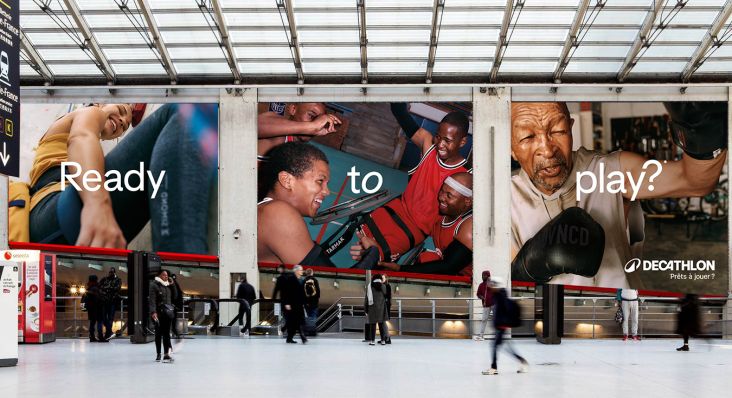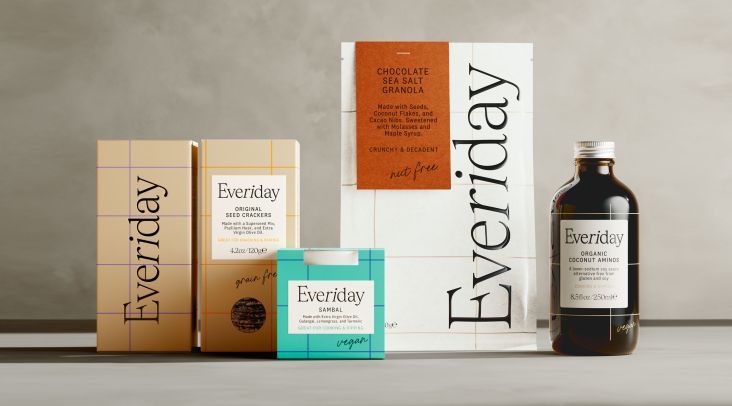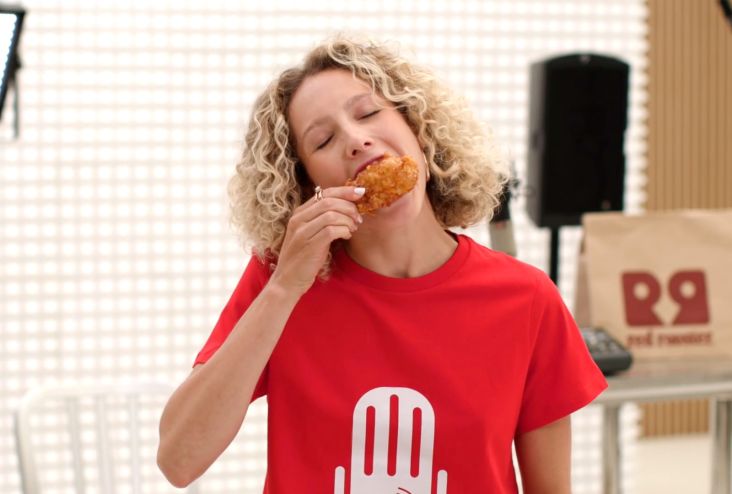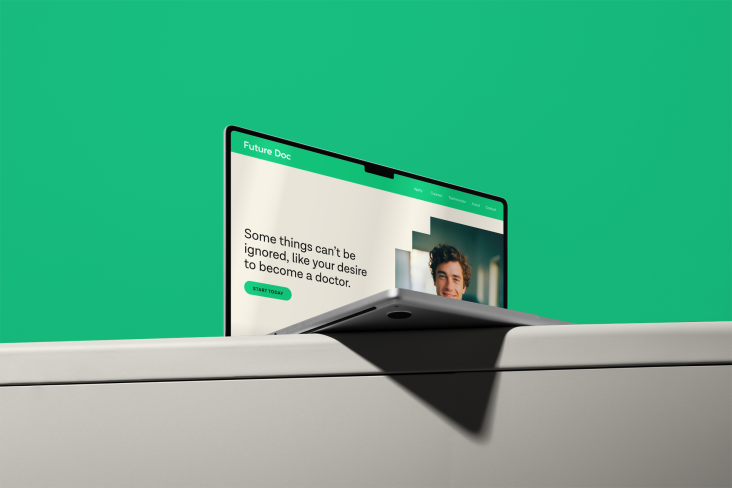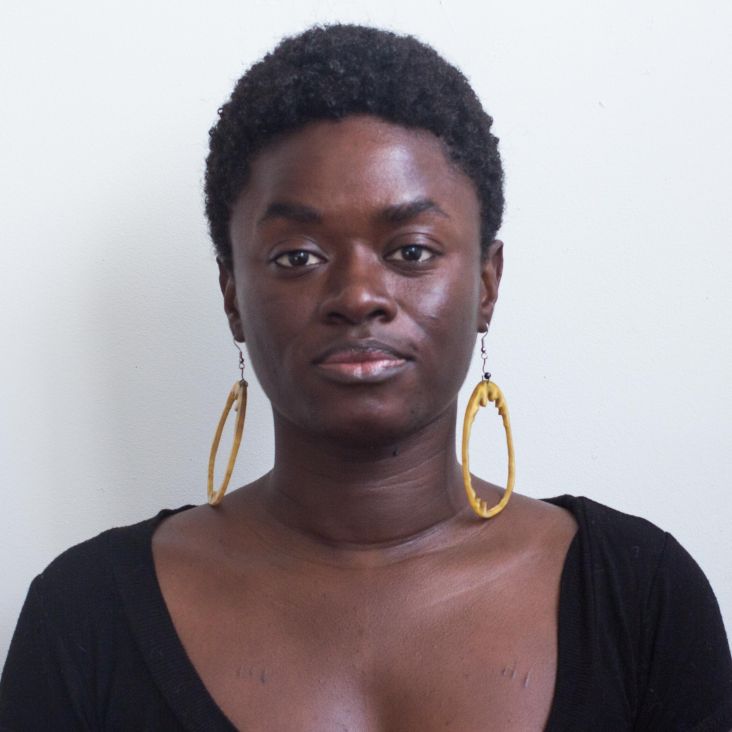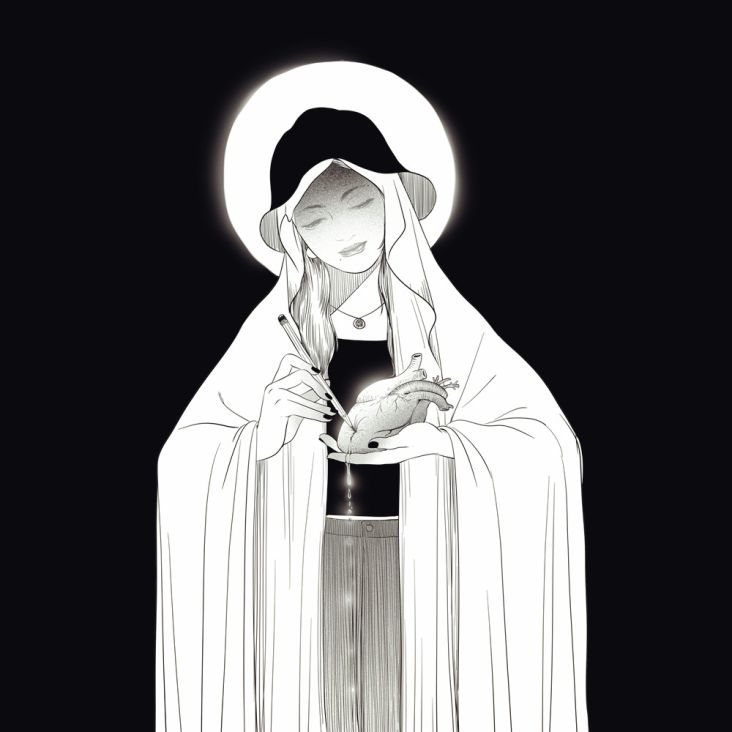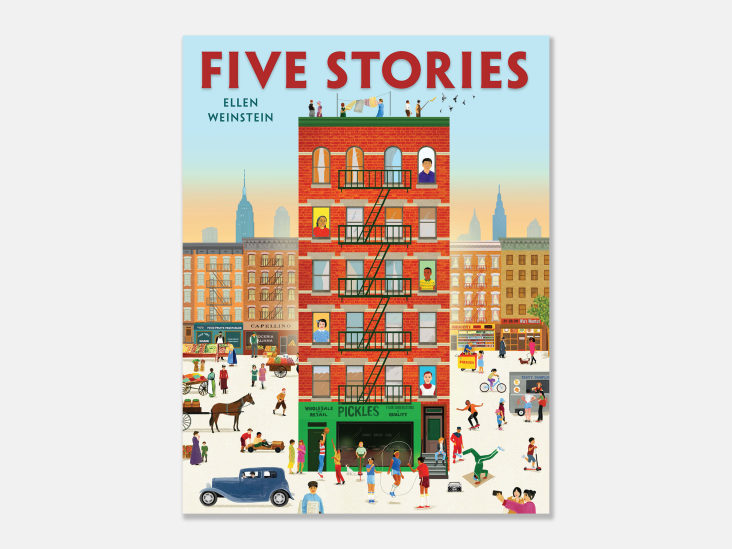Opening Line gives a voice to brand language through its new publication Between the Lines
Designed by Extract Studio, the publication was made to be more than a monotonous manuscript in a bid to inspire creatives to "make more space for words in their practice".
Strategy and copy agency Opening Line has released a new publication, Between the Lines, which explores the vast and often misunderstood world of brand language through the lens of the creative industries.
The first-of-its-kind book ditches monotonous theory and tactics in favour of including many different perspectives from the contemporary creatives shaping brand language today. Its four chapters – Clarity, Character, Community, and Continuity – are delineated by smaller tip-in sheets featuring expressive pull quotes from the interviews.
Opening Line intended Between the Lines to be "a beautifully designed and printed object," says the studio's founder, Zosia Swidlicka, so London-based design studio Extract was hired to work on the design.
A distinctive spiral-bound format and bold typographic palette were combined with an eye-catching fluorescent spot colour, as well as playful illustrations by Franco-Swiss artist Olga Prader. The book's headlines were printed in Giulia Boggio's edgy Margo+Beuys typeface, while the more functional Aeonik font is reserved for the body copy.
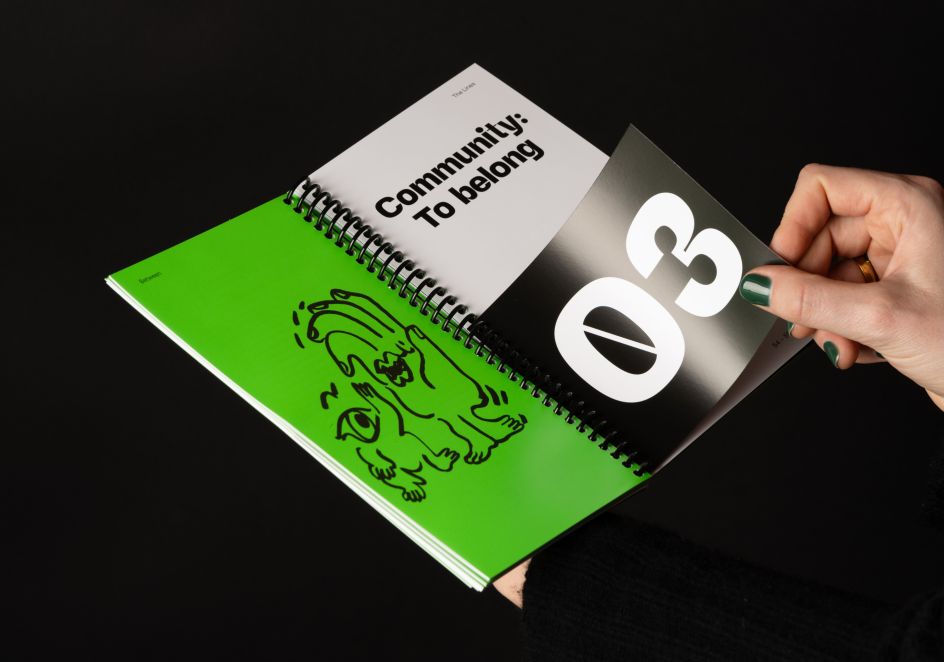
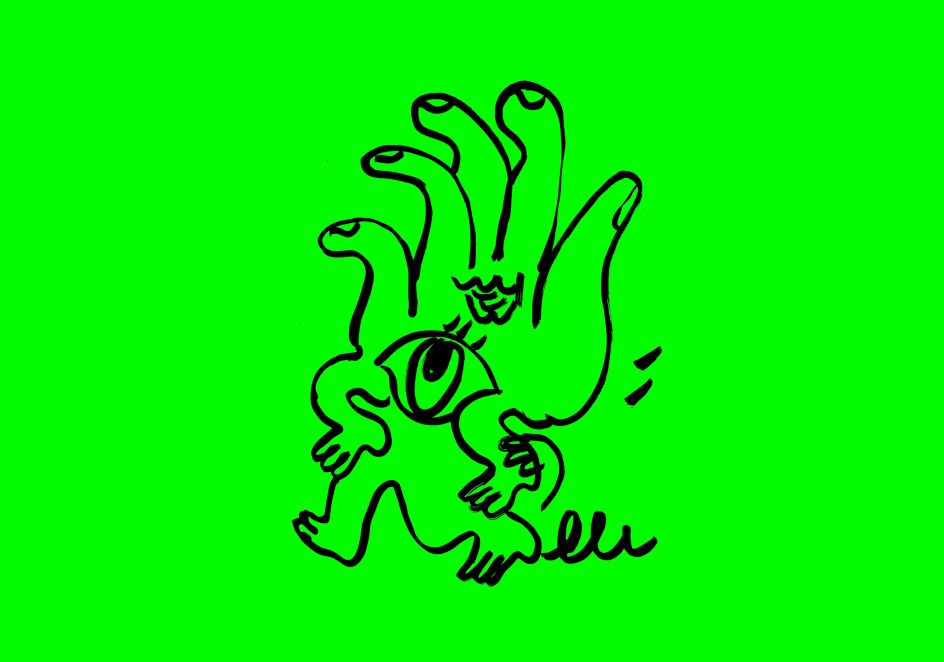
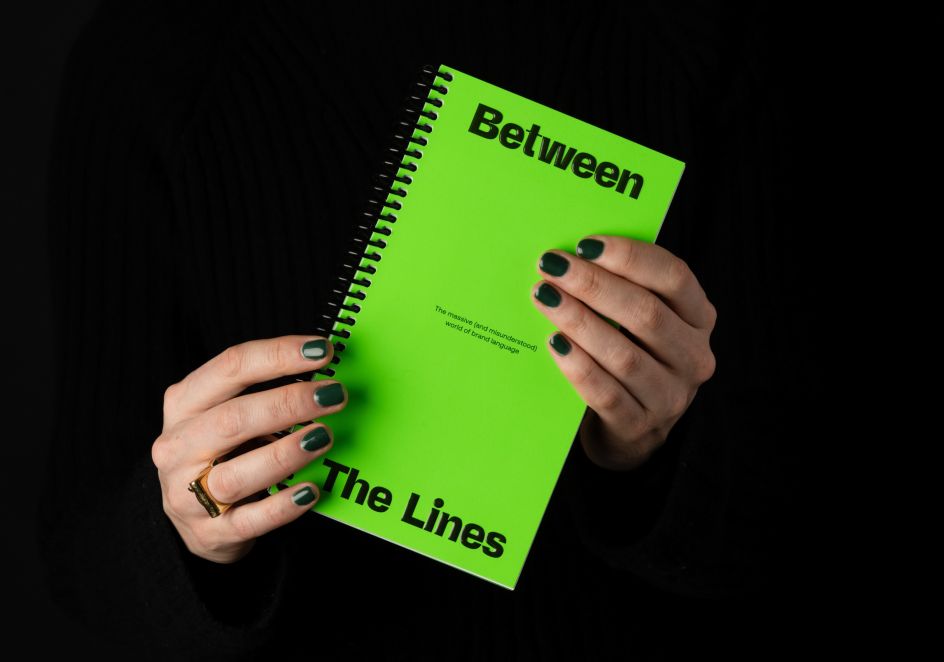
Copy is often overlooked in design and advertising. Opening Line is often called to "replace some lorem ipsum or to 'sprinkle some magic' on a half-baked idea", says Swidlicka. She believes that, when used right, words can "express an idea, clarify it, improve it, sell it, and make it real".
In an ideal world, writers should liaise with strategists, designers, and coders from the start to ensure clarity. This way, everyone will be sure of "what to say and how to say it" without "multiple rounds of amends and related headaches," says Swidlicka.
Generally, the branding industry is more guilty than advertisers when it comes to skipping over the verbal identity. Swidlicka explains how brand guidelines often contain "in-depth logo usage rules" with only a single slide on tone of voice.
"If a brand is about influencing perceptions, why would you want people to think you have nothing to say?" Swidlicka questions.
She debunks the old refrain that "a picture is worth a thousand words," arguing that this train of thought results in "one big visual soup where everything looks the same and any deeper meaning or nuance gets lost." The missing ingredient is properly crafted brand language, which can often be the difference between cutting through the noise or blending in with the masses.
Properly crafted is the key phrase there, as tools like ChatGPT cannot replace a well-versed writer. In Between the Lines, writer and creative director Zuki Sedgley describes writing as "a series of crucial decisions that must be made about a brand's positioning, proposition and personality".
Swidlicka adds that AI-generated copy is just "generic fluff" that "perpetuates the cycle of blandness" in comparison to a carefully curated verbal identity.
The lack of appreciation for brand language can also lead to clients thinking they can write the copy themselves when the same would never be said about design. Effective brand language comprises "critical thinking, an outsider's perspective, a well-defined tone of voice, an understanding of the intended audience and a storyteller's ability to establish a good hook and hierarchy", Swidlicka explains.
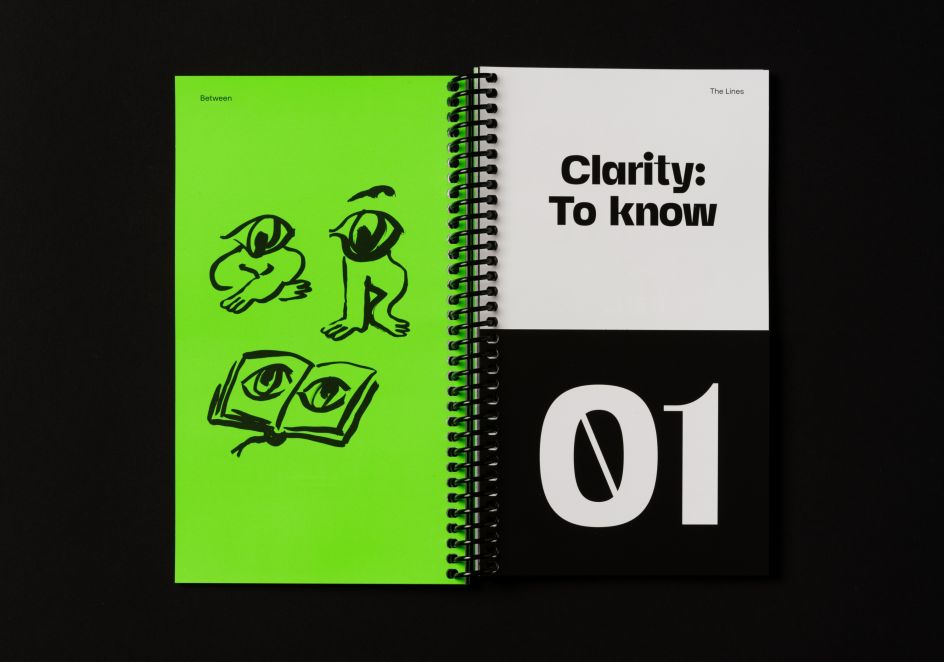
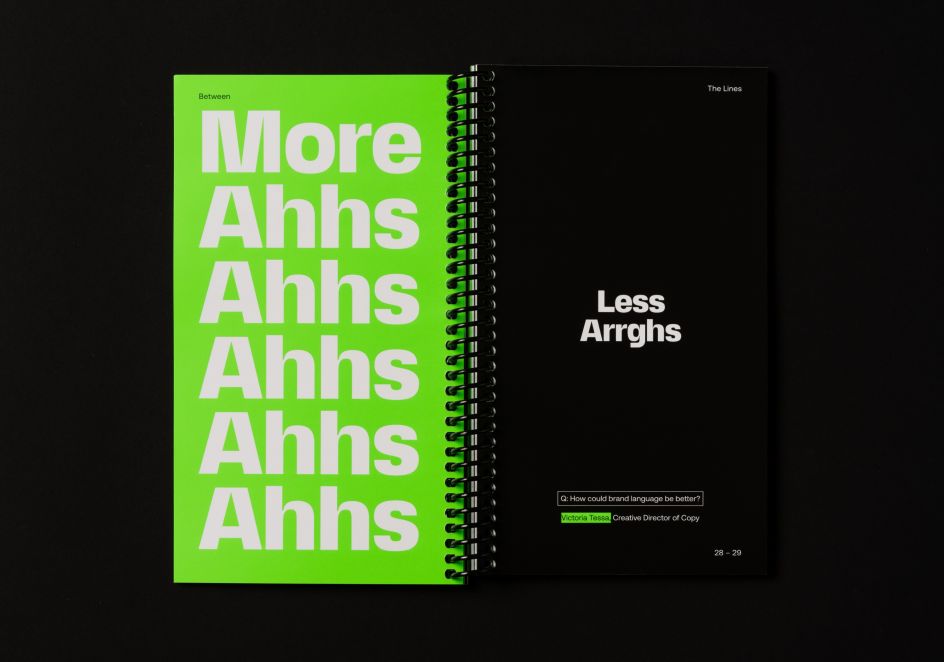
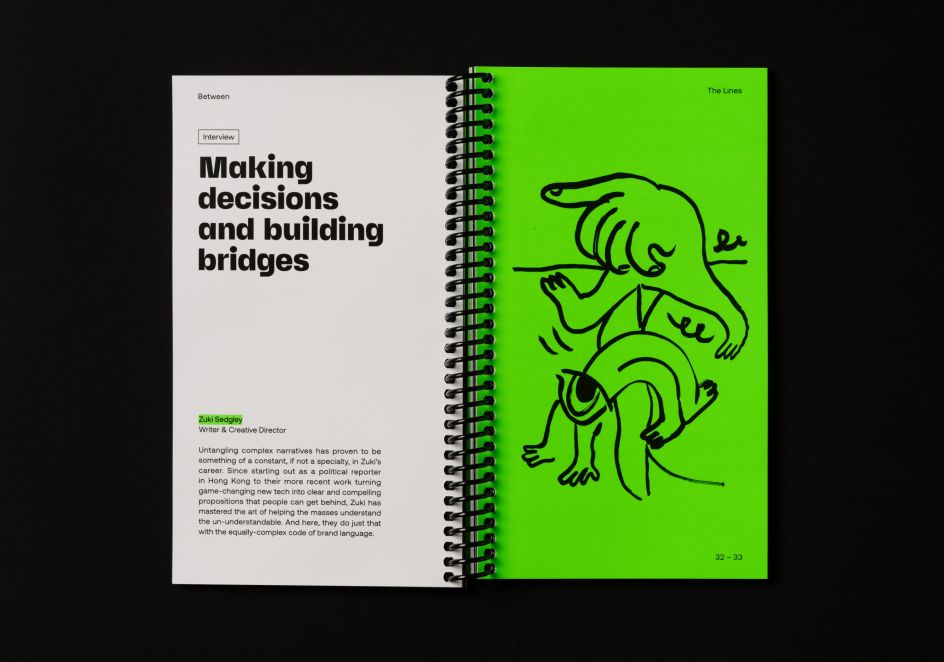
Opening Line began working with Patch – a company that develops design-led work and culture spaces - when it only had one location set up in Chelmsford but had ambitions to scale up nationally. Its verbal identity was identified as a core challenge, specifically how to maintain consistency across multiple locations, audiences and channels and, more importantly, how to establish an effective way to communicate its rather complex offer.
Through a series of workshops and an iterative writing process, Opening Line was able to devise a language with which Patch could engage its stakeholders and communities. "Now when the team creates on-site posters or signage, markets a new event, shares community stories or launches in a new city, they know exactly what to say and how to say it", says Swidlicka. "Copy, together with strategy, eliminated the uncertainty."
Her advice to designers, or anyone, looking to learn more about brand language is to ensure clarity when it comes to the brand's point of view and to bring writers into the process. Equally, Swidlicka advises people to prioritise "bringing something new to the conversation, rather than trying to sound clever or parrot other brand voices".
Between the Lines was developed to inspire people, studios and agencies to "make more space for words in their practice", says Swidlicka, whether it's "adding them to their own design toolkit, or collaborating with writers to bring added depth, richness and nuance to their brands".






 using <a href="https://www.ohnotype.co/fonts/obviously" target="_blank">Obviously</a> by Oh No Type Co., Art Director, Brand & Creative—Spotify](https://www.creativeboom.com/upload/articles/6e/6ed31eddc26fa563f213fc76d6993dab9231ffe4_732.jpg)
 by Tüpokompanii](https://www.creativeboom.com/upload/articles/58/58684538770fb5b428dc1882f7a732f153500153_732.jpg)








